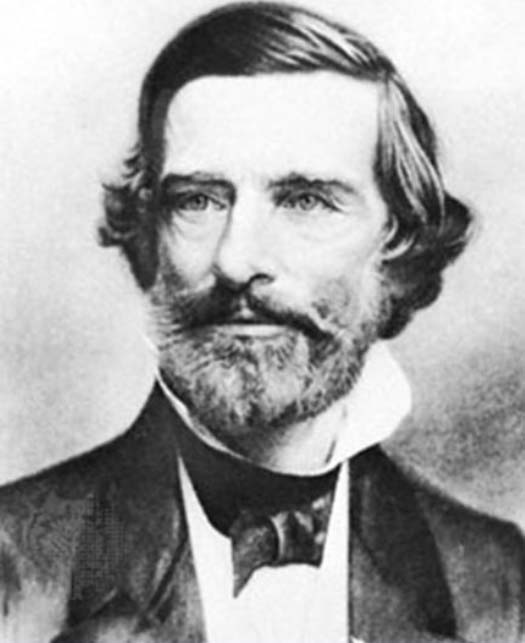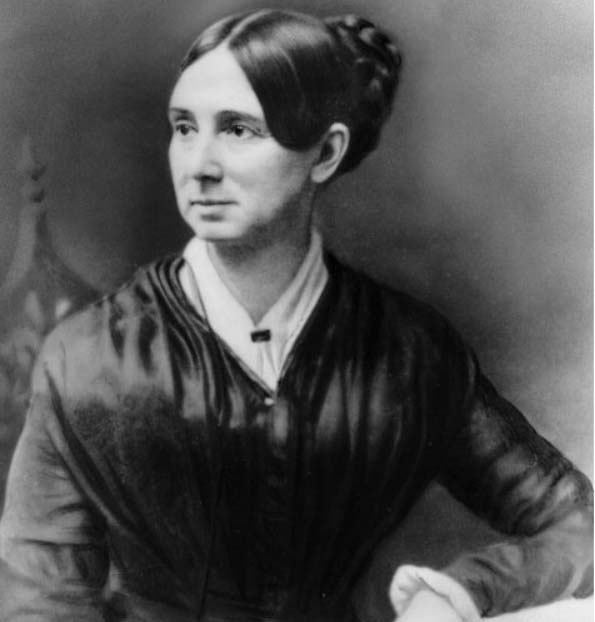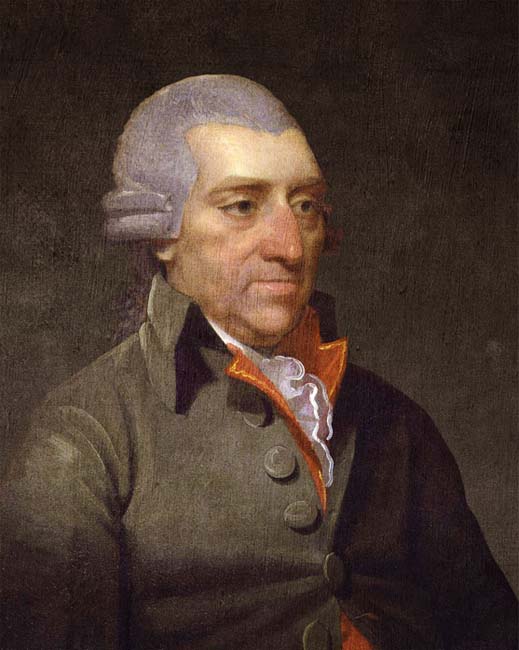Prisons for inmates nowadays may not be as scary as in the past. There have been some improvements to treat inmates better and more humanely. There were a number or figures who found that inmates did not receive decent treatment, for example John Howard who found abuse and cruelties in prisons. So, there is something called prison reform.
Prison reform, as cited from Wikipedia, is the efforts to improve conditions inside prisons, apply alternatives to incarceration or improve the effectiveness of a penal system. Prison reform also focuses on making sure inmates to be able to be accepted again in society. And even now, the ideas of prison reform include bigger access to family and legal counsel, proactive security against violence, conjugal visits, and applying house arrest with assistive technology.
Behind the prison reform, of course, there are figures, that we can call them as heroes, who struggle for it. Who are they? Here are some best heroes of prison reform.
Louis Dwight

Louis Dwight was the champion of discipline. He was also the first national figure in prison reform. He founded the Boston Prison Discipline Society. The aim of the Boston Prison Discipline Society was to improve public prisons. The members of the society needed to collect facts and statistics on prisons through people and also annual visits to prisons.
Louis Dwight spread the Auburn system in the jails in America. Not only that, he also added salvation and Sabbath School. As explained in the Guide to the Prison Discipline Society records, 1826-1854, accessed in the website of Simmons University, Louis Dwight became a moving force in the work of the Society and his interest in prison reform started when he was distributing bibles to prisons in the South where he was shocked when he found the conditions in the prisons he visited.
There were a lot of works from the Boston Prison Discipline Society. One of them was in the constructions of prisons based on the Auburn Prison System in Thomaston, Maine; Charlestown, Massachusetts; Wethersfield, Connecticut; Philadelphia and Pittsburgh, Pennsylvania; Ossining and Clinton County, New York; Windsor, Vermont; Concord, New Hampshire; Providence, Rhode Island; Indianapolis, Indiana; Jackson, Mississippi; and Columbus, Ohio. Another work was improved lighting and ventilation in prison in Richmond, Virginia. An 1826 bill passed by the US Senate and House of Representatives was also the effect of the society.
For your information, Louis Dwight was born on March 25th, 1793. He attended Yale University and then he was ordained as a minister. After the Boston Prison Discipline Society was founded, he became a secretary for it until he passed away in 1854.
Dorothea Dix

Dorothea Lynde Dix was born in 1802. She was an American advocate who represented the indigent mentally ill. She was interested in helping people who were mentally ill began when she was teaching classes to female prisoners in East Cambridge. She saw that these prisoners were locked up and their medical needs were not fulfilled.
When she was at the East Cambridge prison, she visited the basement and there were four mentally ill prisoners. Their cells looked dark and bare and not only that, the air was stagnant and foul. She saw that they received inhumane treatment. In a lot of cases, local people were contracted by the towns to take care of mentally ill people who could not take care of themselves and did not have family and friends for taking care of them. However, this was unregulated and underfunded so that the system was misused. And then, after Dix observed it, she published the result in a report to the state legislature and here were some parts of it.
“I proceed, Gentlemen, briefly to call your attention to the present state of Insane Persons confined within this Commonwealth, in cages, stalls, pens! Chained, naked, beaten with rods, and lashed into obedience.”
What she did resulted in a bill to expand the mental hospital of the state in Worcester.
In 1844, she also visited all the counties, jails and almshouses in New Jersey for doing the same investigation. She appealed to the legislature to act and to fund the construction of a facility for the care and treatment of the mentally ill. She emphasized that it was important for the state to take the responsibility for this class of unfortunates and she pleaded to give moral treatment for mentally ill including three values namely, modesty, chastity, and delicacy.
John Howard

John Howard is known as the father of prison reform. In 1756, he became a prisoner of war during a tour of Portugal. Then, in 1773, he became High Sheriff of Bedfordshire. The things that motivated him to have thoughts about prison reform were his experience as a prisoner of war during a tour of Portugal in 1756 and also the things that he saw, namely abuses and cruelties, when he inspected the state of the prisons under his charge. He took the issue to parliament and as a result, in 1774, he was called to give evidence on the conditions of prison to a House of Commons select committee.
He also visited hundreds of prisons across Scotland, England, Wales, and wider Europe and after visiting these prisons, he finally published the first edition of The State of the Prisons in 1777. In the book, Howard wrote about the explanations about the prisons that he had visited, plans and maps, hygiene and cleanliness, and also instructions about the improvements. Because of this book, single-celling in the United Kingdom and in the United States are established. Howard saw his work as humanitarian.
After his sister passed away, who left him £15,000 and her house, the inheritance that he received and the revenue from selling her house, were used by him to continue work on prisons. And then, in 1778, he was called again by the House of Commons. After he gave evidence, he went back to travel Europe, starting in the Dutch Republic.
In 1784, he counted that he had travelled over 42,000 miles to visit prisons. The University of Dublin awarded him an honorary LLD. Besides, he was also given the Freedom of the City of London. In March 1787, he did his fourth and last tour of English prisons. Then, two years later, The State of the Prisons in England and An Account of the Principal Lazarettos of Europe were published.
John Howard was born in 1726. In his last travel, he went to Eastern Europe, and when he was at Kherson, he suffered from typhus and he passed away in 1790 at the age of 63. He was interred in a walled field at Dophinovka (Stepanovka).
In the same year of his death, he was chosen as a Foreign Honorary Member of the American Academy of Arts and Sciences. He was the first civilian who was honoured with a statue in St. Paul’s Cathedral, London. In Bedford and in a John Haviland-designed monument in Kherson, his statue can also be found. In the architecture of some Victorian prisons across the UK, his statue also appears, for example at Shrewsbury.
Those are the three heroes of prison reform, but note that there are still more other figures who struggled for prison reform for better and humane prisons.

A bookworm and researcher especially related to law and citizenship education. I spend time every day in front of the internet and the campus library.




